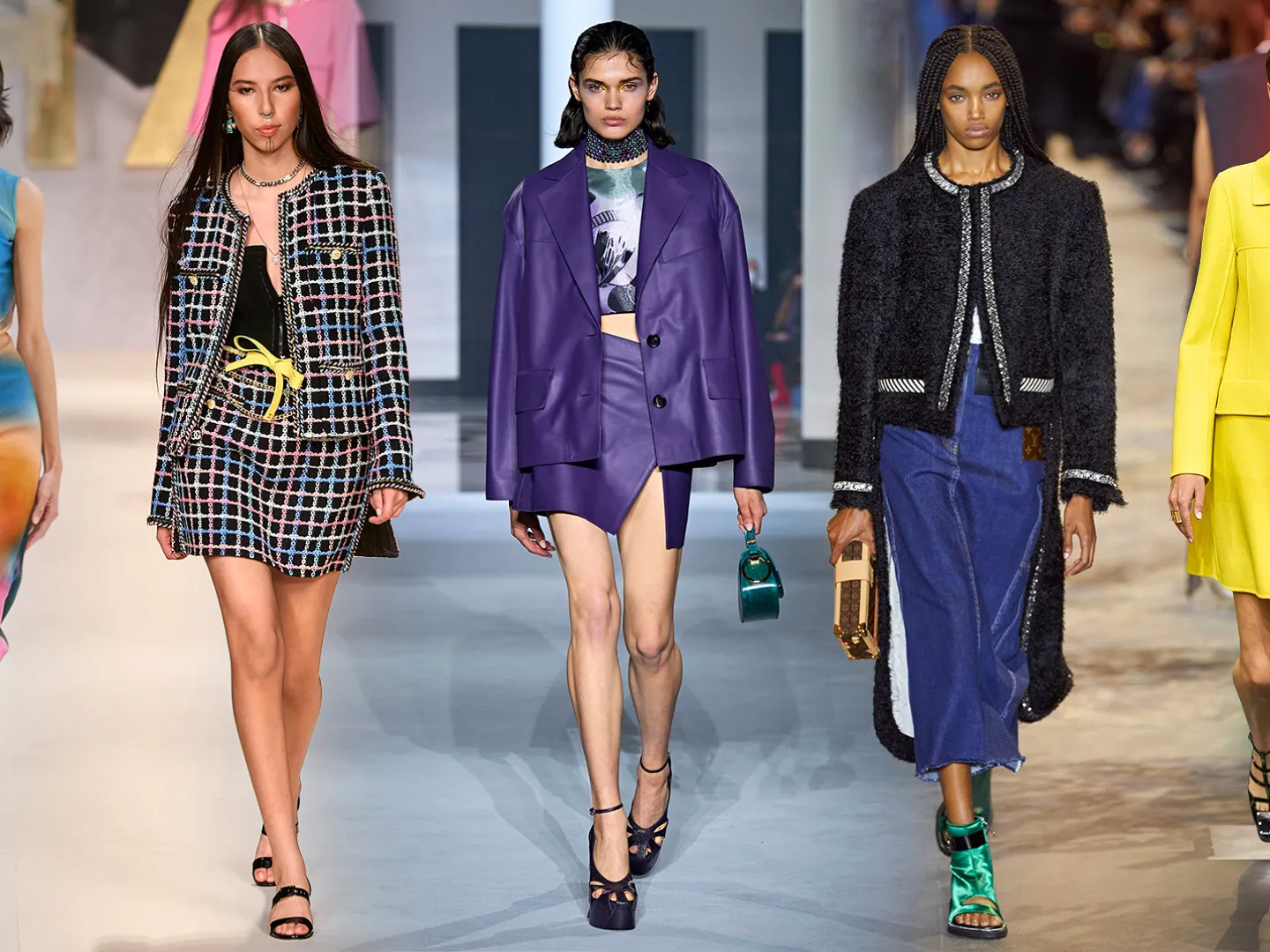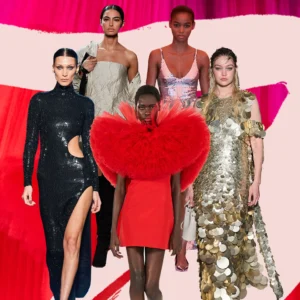Introduction
Fashion modeling is a captivating and influential industry that serves as a bridge between designers and the general public. Models showcase clothing, accessories, and other products, bringing life to a designer’s vision. Whether on the runway, in magazines, or on social media, fashion models play a critical role in shaping trends and influencing consumer behavior. Their presence is not just about looks; it’s about embodying a brand’s ethos and connecting with audiences through charisma, professionalism, and storytelling.
Fashion modeling has evolved significantly over the years, embracing diversity and breaking traditional norms. With the rise of social media and digital platforms, the industry has expanded, offering opportunities to a wider range of individuals. Today, aspiring fashion model can explore various niches within the profession, each with its own unique demands and characteristics.
Types of Fashion Models
Fashion modeling encompasses a variety of categories, each serving a distinct purpose in the fashion world. Here are the most prominent types:
1. Runway Models
Runway models, also known as catwalk models, are the stars of fashion shows. They present designers’ latest collections to audiences, including buyers, fashion critics, and the media. These models must possess:
- Height (usually 5’9″ to 6’0″ for women and 5’11” to 6’3″ for men)
- A slim and toned physique
- Strong walking skills and the ability to convey confidence and elegance.
2. Editorial Models
Editorial models appear in high-fashion model magazines such as Vogue, Elle, and Harper’s Bazaar. Their role is to bring a designer’s vision to life through artistic and creative photo shoots. Key attributes include:
- A striking and photogenic appearance
- The ability to adapt to various themes and poses
- Strong collaboration skills with photographers and stylists.
3. Commercial Models
Commercial models promote products and services across a wide range of industries, from fashion and beauty to household goods and technology. This category has more flexible requirements, making it accessible to many aspiring models. Commercial modeling demands:
- A relatable and approachable look
- Versatility to represent different brands
- Strong communication skills to convey messages effectively.
4. Plus-Size Models
Plus-size models represent the growing demand for body positivity and inclusivity in fashion. They work in both runway and commercial settings, showcasing clothing designed for curvier body types. Important qualities include:
- Confidence and self-assurance
- A healthy and proportionate physique
- The ability to challenge beauty standards and inspire others.
5. Fitness Models
Fitness models specialize in promoting athletic wear, gym equipment, and health products. They often have highly defined physiques and are featured in advertisements, magazines, and social media campaigns. Key traits include:
- Exceptional physical fitness and muscle tone
- Knowledge of exercise and nutrition
- A dynamic and energetic presence.
6. Parts Models
Parts models focus on specific body parts, such as hands, feet, legs, or even hair. They are commonly used for advertisements involving jewelry, footwear, or beauty products. Requirements vary depending on the featured body part but generally include:
- Flawless skin and well-maintained features
- The ability to stay still during close-up shots
- Attention to detail and patience.
7. Social Media Influencer Models
With the rise of platforms like Instagram, TikTok, and YouTube, social media influencer models have become a powerful force in fashion. They build personal brands, collaborate with companies, and directly engage with their followers. Success in this niche requires:
- A strong online presence and engaging content
- Authenticity and relatability
- Skills in photography, editing, and marketing.
8. Alternative Models
Alternative models break away from traditional beauty standards and often have distinctive features such as tattoos, piercings, or unconventional hairstyles. They work in niche markets like gothic, punk, or cosplay fashion. Characteristics include:
- A unique and memorable look
- Confidence in embracing individuality
- Creativity in portraying various subcultures.
Conclusion
Fashion model is a multifaceted industry with opportunities for individuals of all backgrounds and styles. Whether walking the runway, gracing magazine covers, or engaging with followers online, models play an integral role in the fashion ecosystem. Aspiring models should explore these different categories to find their niche and build a successful career in this ever-evolving field.


